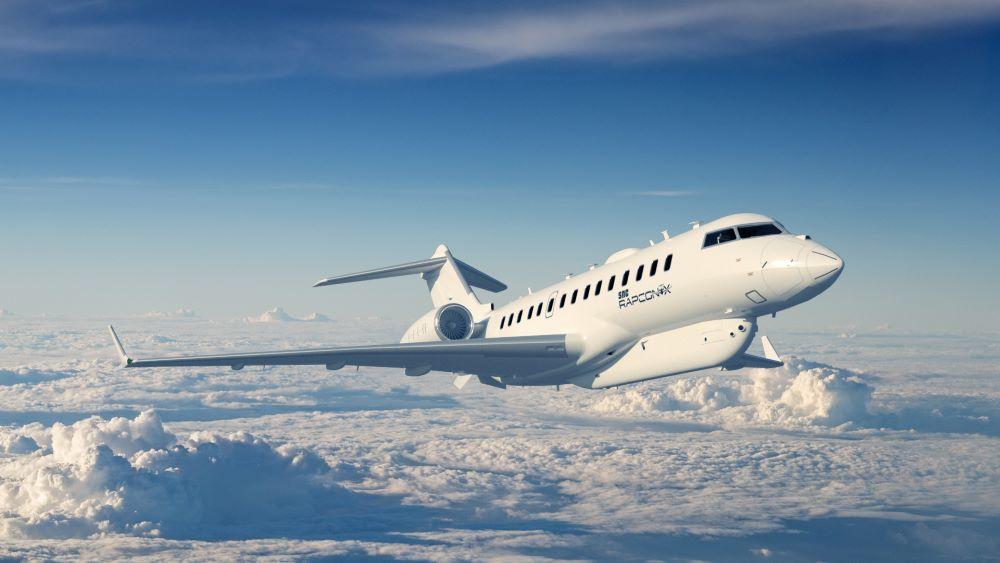
Sierra Nevada Corp. depiction of its Rapcon-X surveillance aircraft.
Credit: Sierra Nevada Corp.
The U.S. Army has selected Sierra Nevada Corp. to provide two contractor-owned, contractor-operated intelligence, surveillance and reconnaissance aircraft as part of a prototyping effort ahead of fielding a high-altitude ISR fleet. Sierra Nevada’s Rapcon-X offer won the contest for the Army Theater...
Subscription Required
This content requires a subscription to one of the Aviation Week Intelligence Network (AWIN) bundles.
Schedule a demo today to find out how you can access this content and similar content related to your area of the global aviation industry.
Already an AWIN subscriber? Login
Did you know? Aviation Week has won top honors multiple times in the Jesse H. Neal National Business Journalism Awards, the business-to-business media equivalent of the Pulitzer Prizes.





